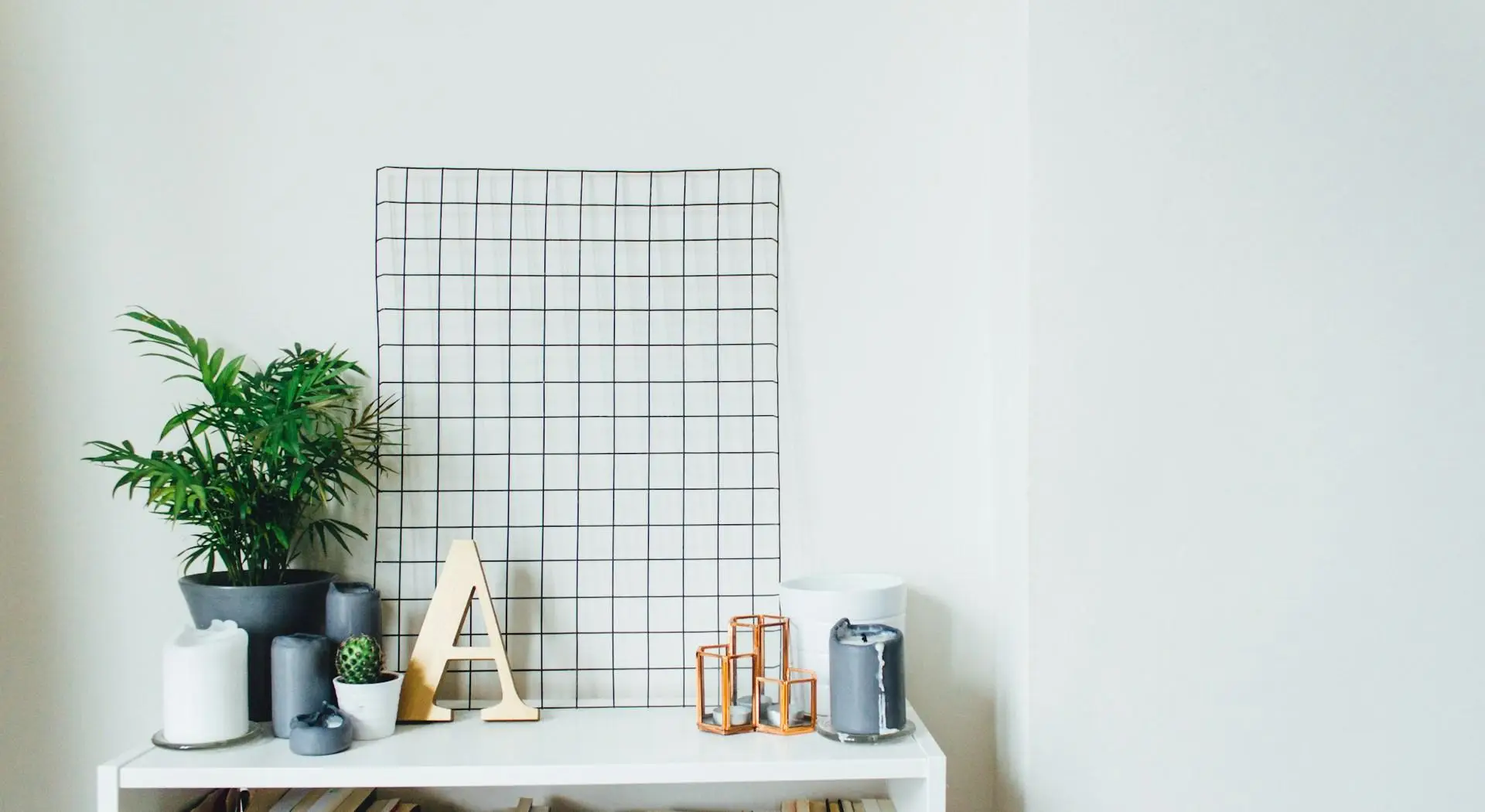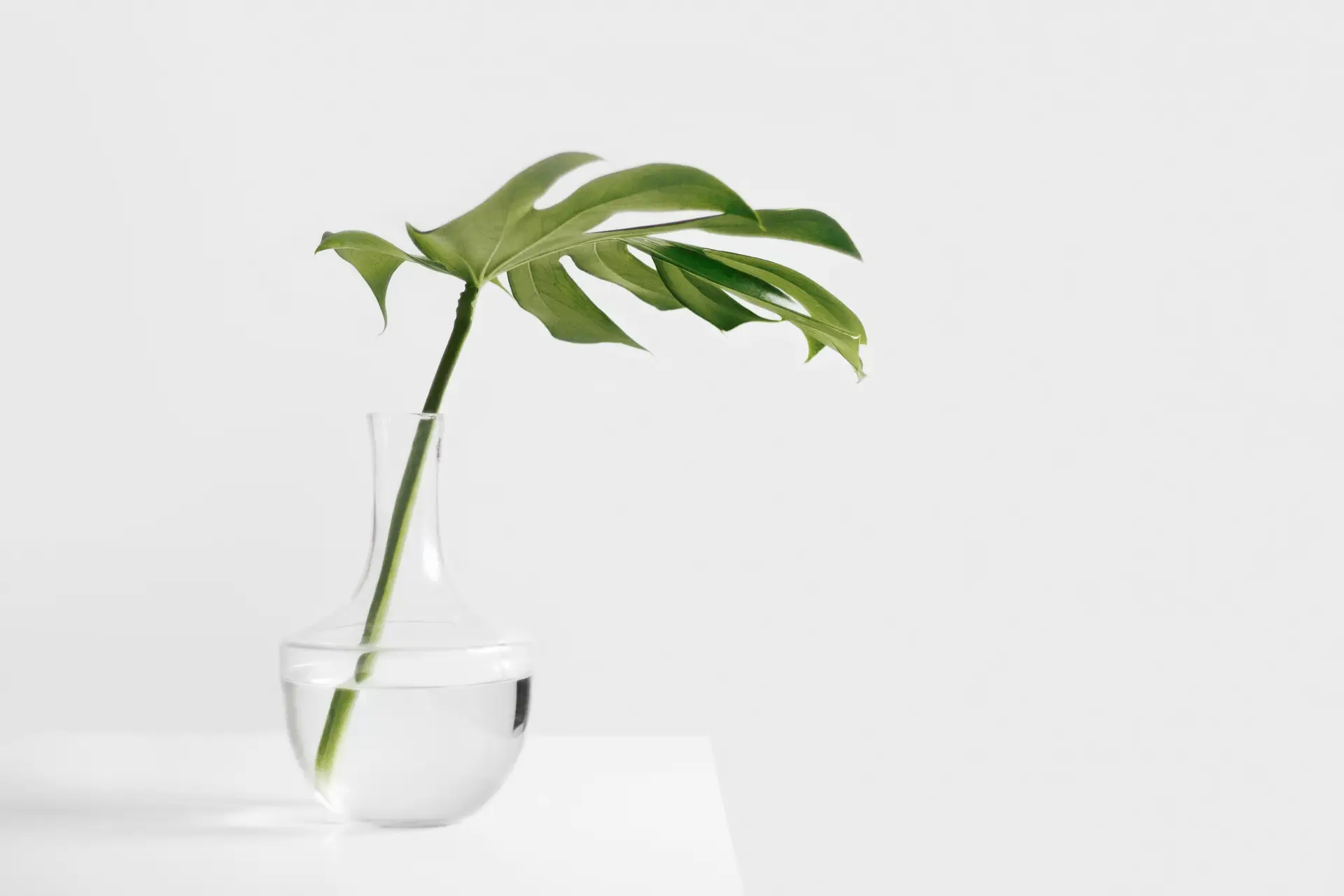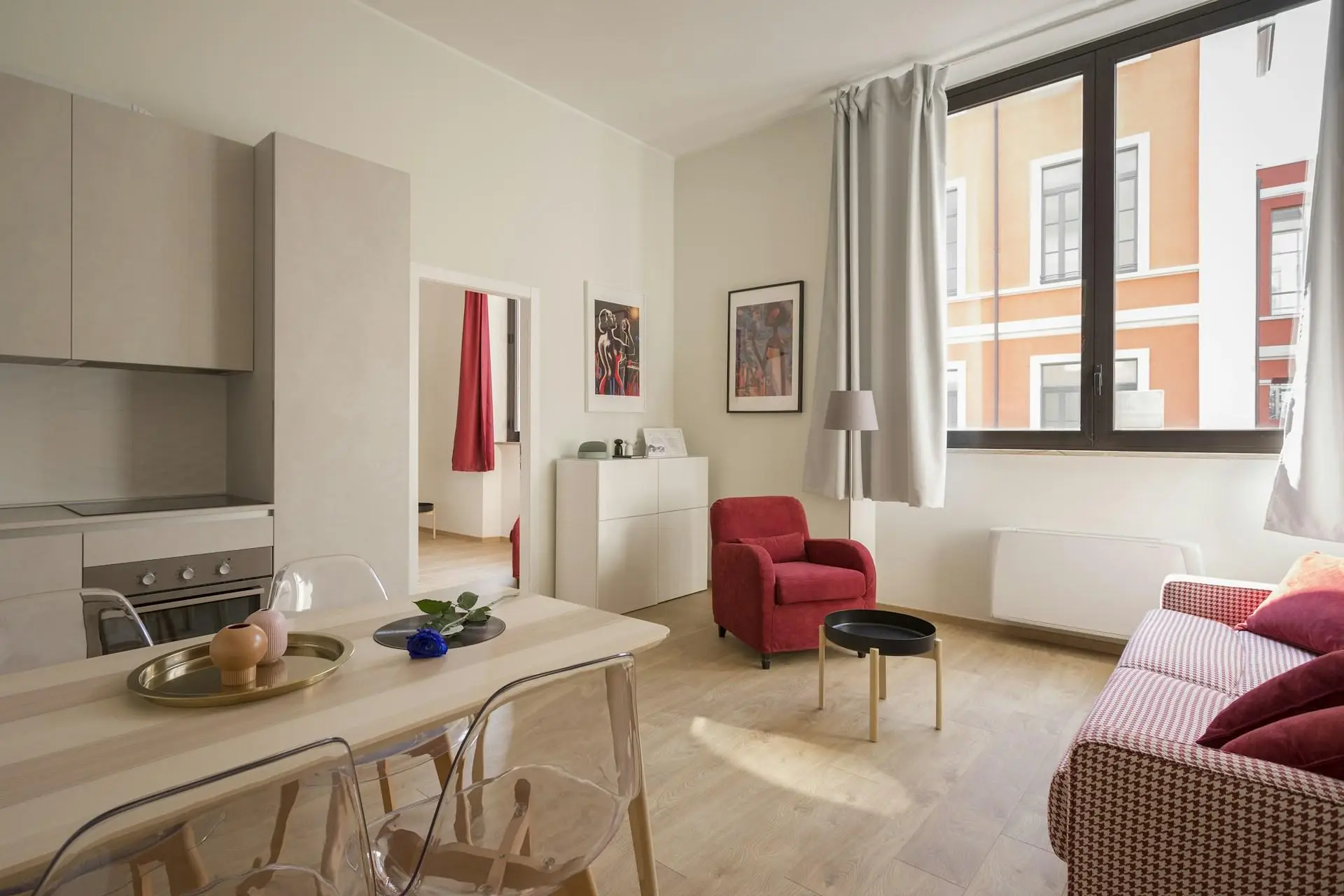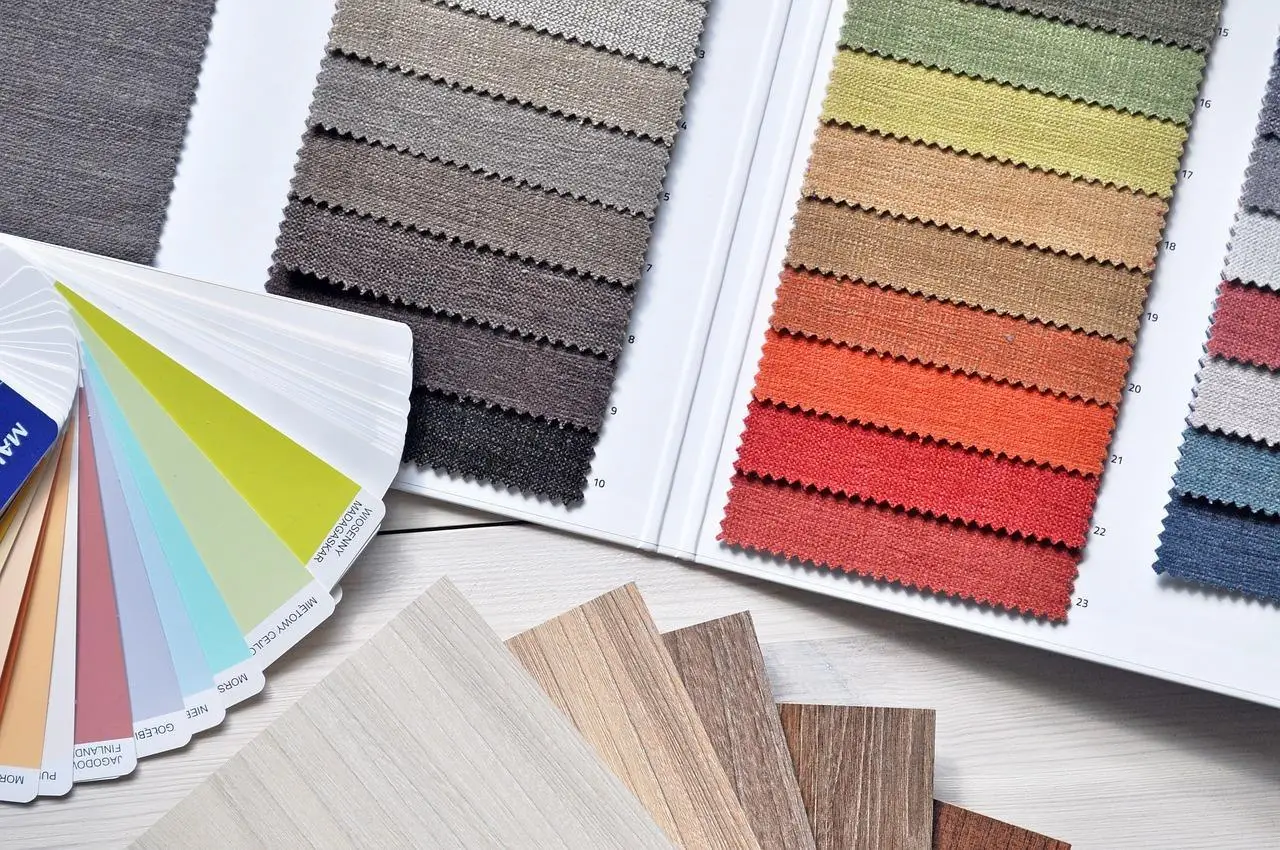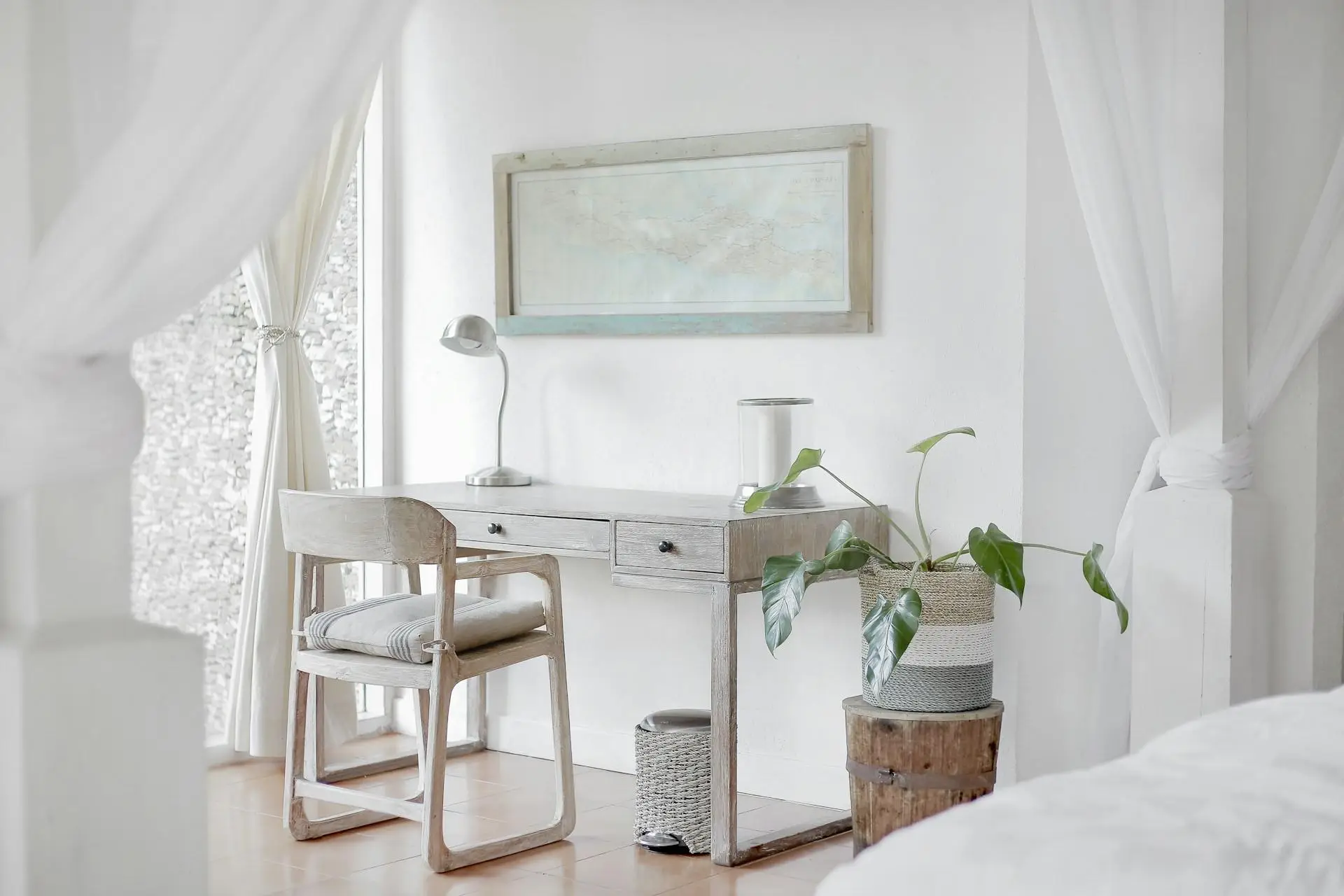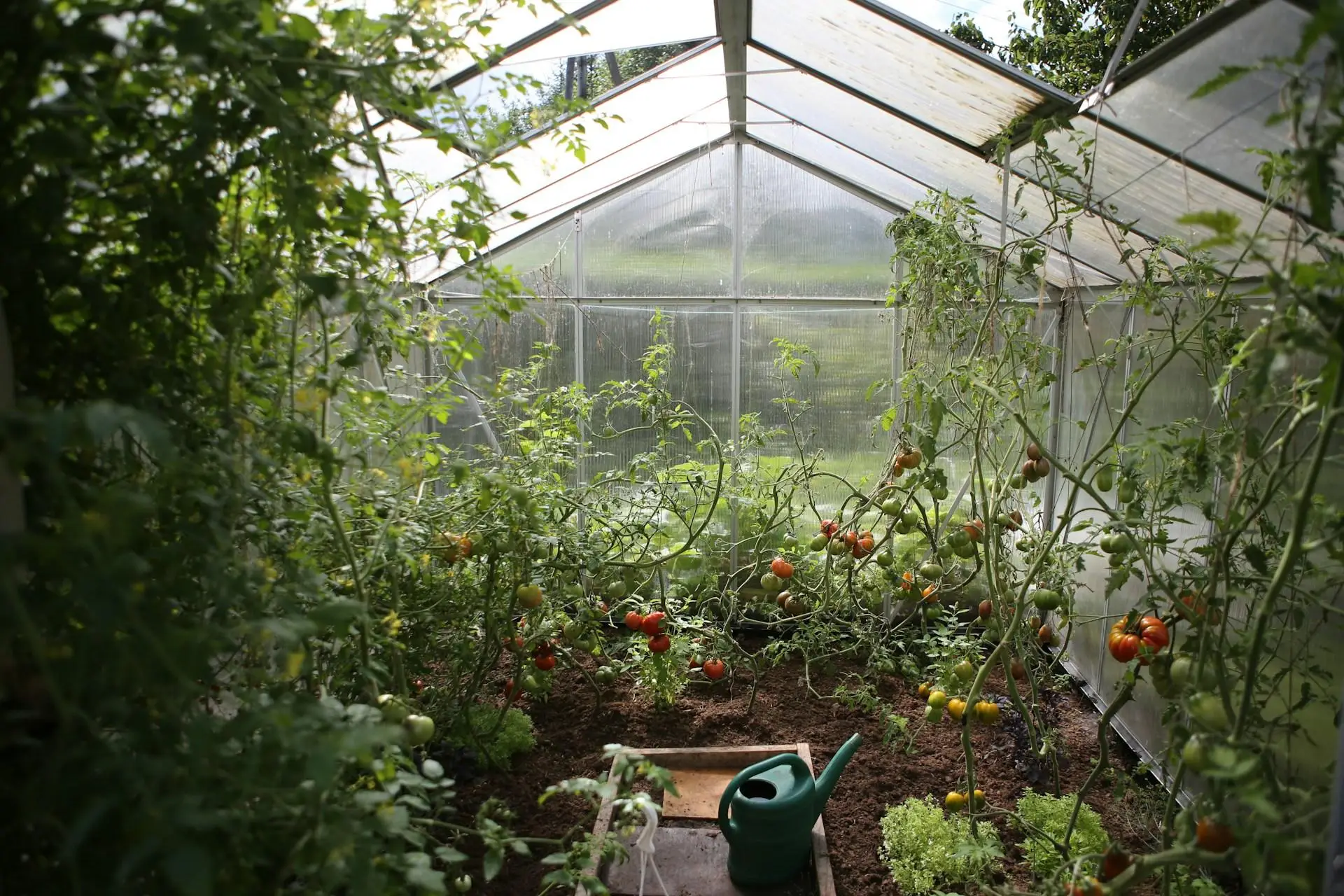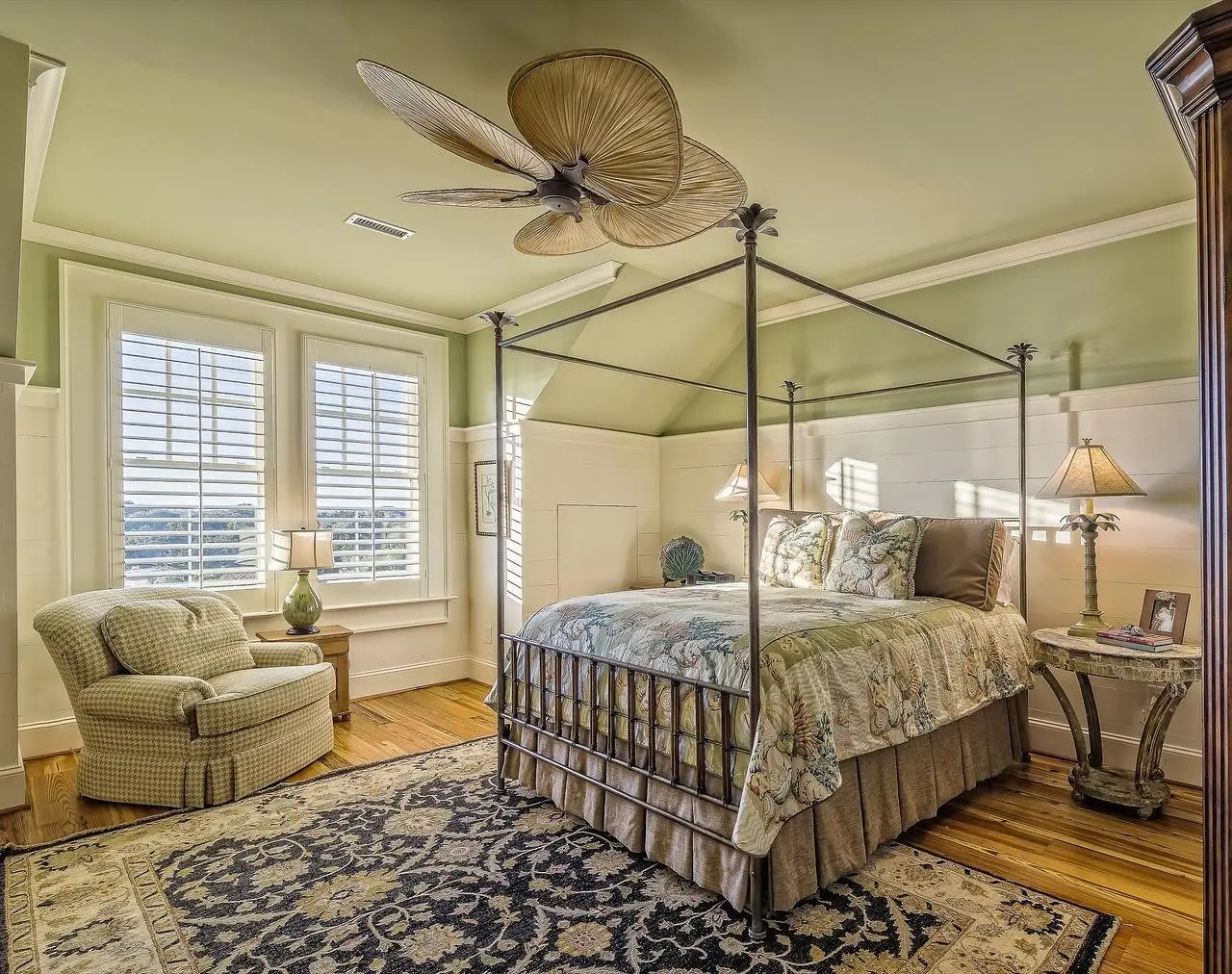Striking the Right Balance: Minimalism and Maximalism in Interior Design
Interior design plays a pivotal role in shaping the aesthetics and functionality of a living space. It reflects individual tastes, enhances comfort, and influences the overall ambiance of a home. Within this vast landscape of design philosophies, minimalism and maximalism stand out as two contrasting approaches. While minimalism emphasizes simplicity and decluttering, maximalism celebrates layered textures, bold colors, and personalization. This article delves into these two distinct styles, exploring how to find a balance that resonates with personal preferences, lifestyle needs, and overall design harmony.
Understanding Minimalism in Interior Design
Defining Minimalism
Minimalism has a rich historical background, emerging as a significant design movement in the mid-20th century. Its evolution has roots in various art movements that sought to strip away excess, focusing instead on essentials. Core principles of minimalist design include simplicity, functionality, and decluttering. These tenets aim to create spaces that breathe, allowing homeowners to appreciate their environment without distraction.
Key Elements of Minimalist Design
Minimalist interiors are characterized by a select few design elements:
-
Color Palettes: Neutral tones and monochromatic schemes dominate, creating calm and cohesive environments.
-
Materials and Textures: Emphasis is placed on natural materials such as wood, stone, and glass, along with clean lines and open spaces to foster a sense of tranquility.
-
Furniture and Décor: Multi-functional furniture that caters to various needs with minimal ornamentation ensures that each piece serves a purpose, aligning with the overall minimalistic vision.
Psychological Benefits
Adopting minimalism in interior design can yield significant psychological benefits. A well-designed minimalist space promotes a calm and serene environment, reducing distractions and fostering mindfulness. This simplicity can help individuals feel more grounded, improving mental clarity and overall well-being.
Exploring Maximalism in Interior Design
Defining Maximalism
Unlike its minimalist counterpart, maximalism is rich in history, drawing from various artistic movements that celebrated abundance and eclecticity. This design philosophy fosters exuberance, personalization, and layered aesthetics, challenging the idea that “less is more.”
Key Elements of Maximalist Design
Maximalist interiors are defined by an abundance of key characteristics:
-
Color Schemes: Bold colors and eclectic patterns intermingle, creating a vibrant and dynamic atmosphere.
-
Materials and Textures: Surfaces adorned with rich fabrics, ornate details, and diverse materials contribute to layered visual landscapes.
-
Furniture and Décor: An abundance of accessories, unique souvenirs, and personal keepsakes reflects individual expression, inviting conversation and intrigue.
Psychological Benefits
Embracing maximalism can be liberating, as it fosters creativity and personal expression. The dynamic environments created by this style can invigorate spaces, making them engaging and lively, which can be particularly appealing for those who thrive on stimulation and variety.
Finding the Right Balance in Interior Design
The Interplay Between Minimalism and Maximalism
Blending minimalism and maximalism is about recognizing the interplay between the two styles. It requires an understanding of personal needs, determining when to prioritize simplicity over exuberance or vice versa.
Practical Tips for Creating a Balanced Space
-
Focal Points: Establishing focal points can anchor the design, creating intentional areas of interest amidst a backdrop of simplicity or complexity.
-
Open Spaces Amid Collections: Arranging open spaces alongside carefully curated collections allows for breathing room, preventing overcrowding while still celebrating individuality.
-
Light and Accessibility: Thoughtfully considering light and accessibility in design choices ensures that even maximalist elements feel harmonious and integrated within minimalist frameworks.
Case Studies of Balanced Interiors
Examining successful examples of interiors that blend both styles can provide inspiration. Homes that incorporate minimalistic elements—like neutral walls and functional furniture—alongside maximalist features, such as vibrant artwork and a variety of decor items, often enhance both functionality and aesthetic appeal.
Personalizing Your Home with the Right Design Philosophy
Assessing Your Lifestyle and Preferences
A critical step in designing a personal space involves evaluating one’s lifestyle and preferences. Individuals must ponder whether they lean more towards minimalism or maximalism. This introspection should consider the needs of families, pets, and day-to-day functionality in living spaces.
Choosing the Right Approach for Different Spaces
The application of minimalism versus maximalism can vary by room. For example, utilizing minimalist techniques in living areas can foster a serene atmosphere, while maximalist styles can be embraced in personal spaces like the bedroom or office, which are more private and reflective of individual tastes.
Making Adjustments Over Time
Design is inherently flexible. Homeowners are encouraged to adapt their choices over time, making seasonal adjustments that reflect changing styles or trends. This fluidity encourages experimentation and personal growth in home aesthetics.
Creating a home that accurately reflects one’s personality and lifestyle demands thoughtful consideration of design styles. By integrating elements of both minimalism and maximalism in interior design, individuals can achieve a unique balance tailored to their needs. Whether opting for serene spaces or vibrant environments, the key lies in personalization and thoughtful curation that makes a house feel like a true home. The journey towards achieving this balance is not linear; it is a continuous exploration that encourages creativity and self-expression.

